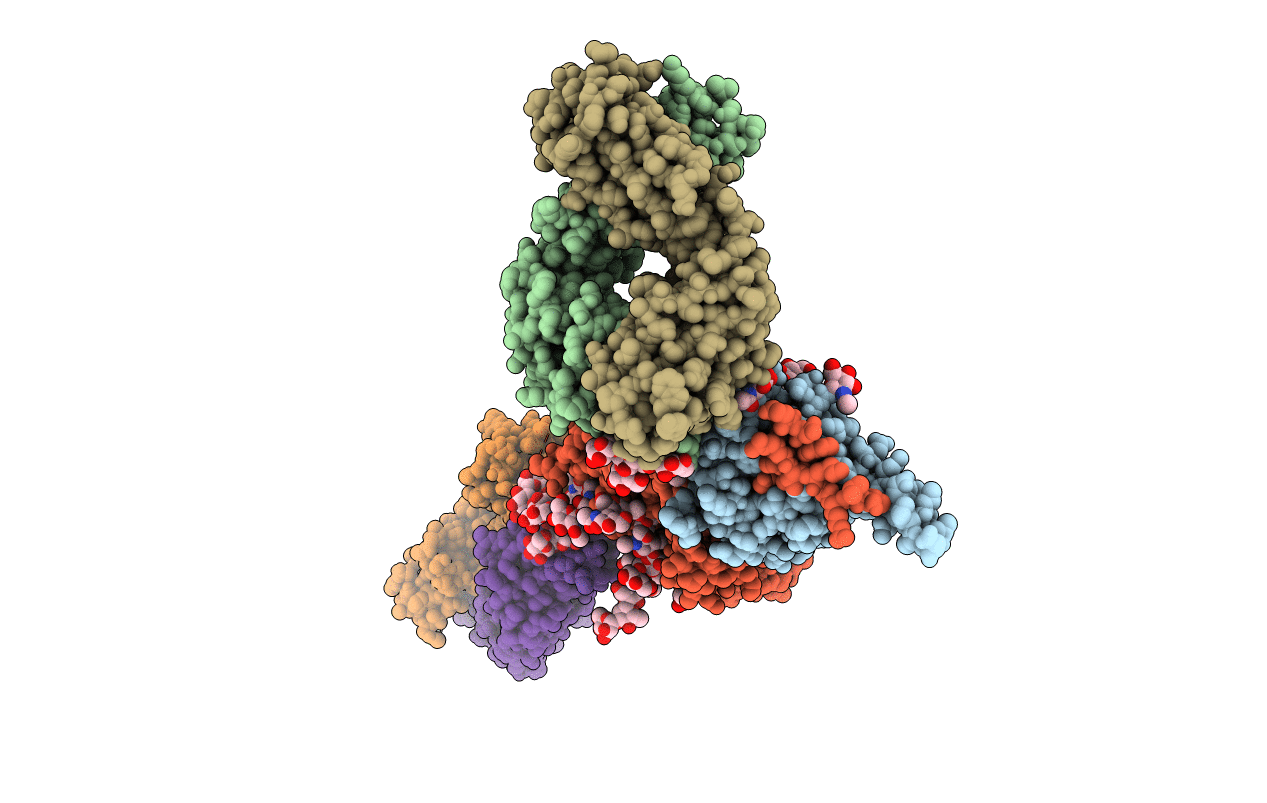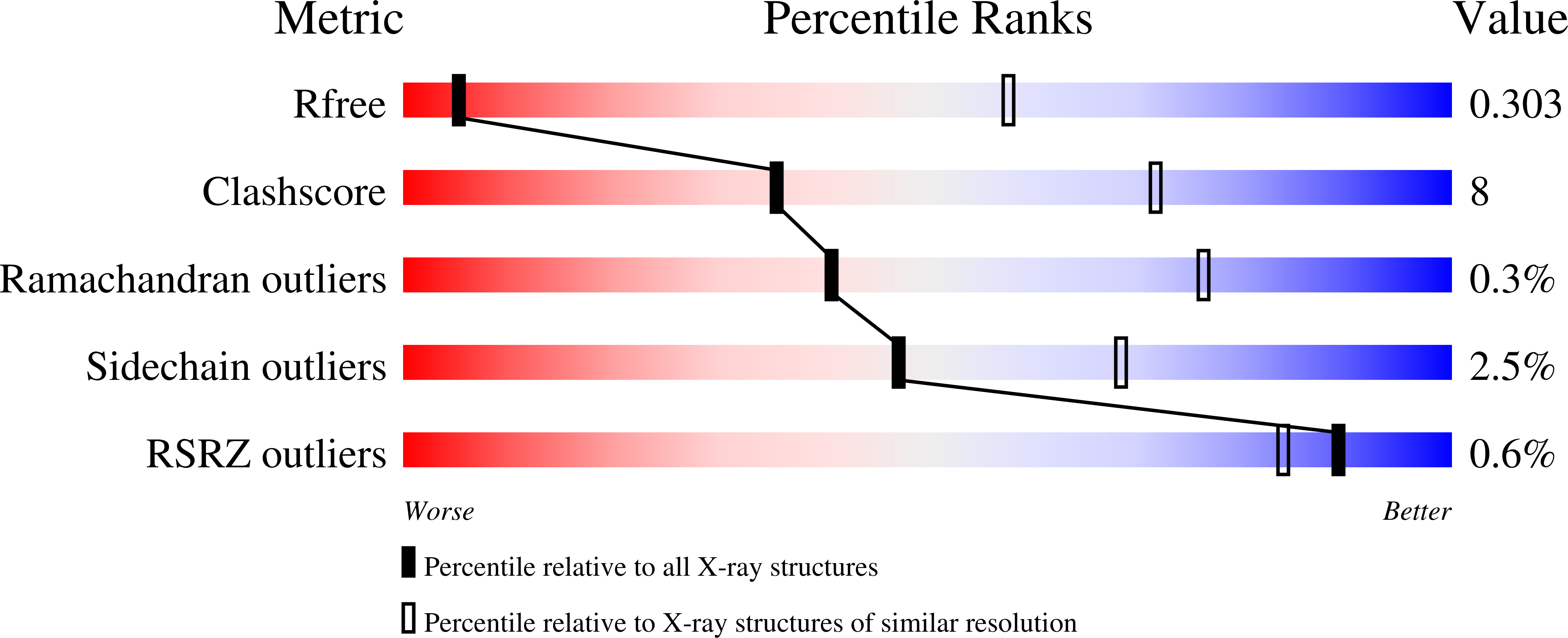
Deposition Date
2016-08-26
Release Date
2016-09-28
Last Version Date
2024-10-23
Entry Detail
PDB ID:
5T3S
Keywords:
Title:
HIV gp140 trimer MD39-10MUTA in complex with Fabs PGT124 and 35022
Biological Source:
Source Organism:
Human immunodeficiency virus 1 (Taxon ID: 11676)
Homo sapiens (Taxon ID: 9606)
Homo sapiens (Taxon ID: 9606)
Host Organism:
Method Details:
Experimental Method:
Resolution:
4.50 Å
R-Value Free:
0.30
R-Value Work:
0.26
R-Value Observed:
0.27
Space Group:
P 63


